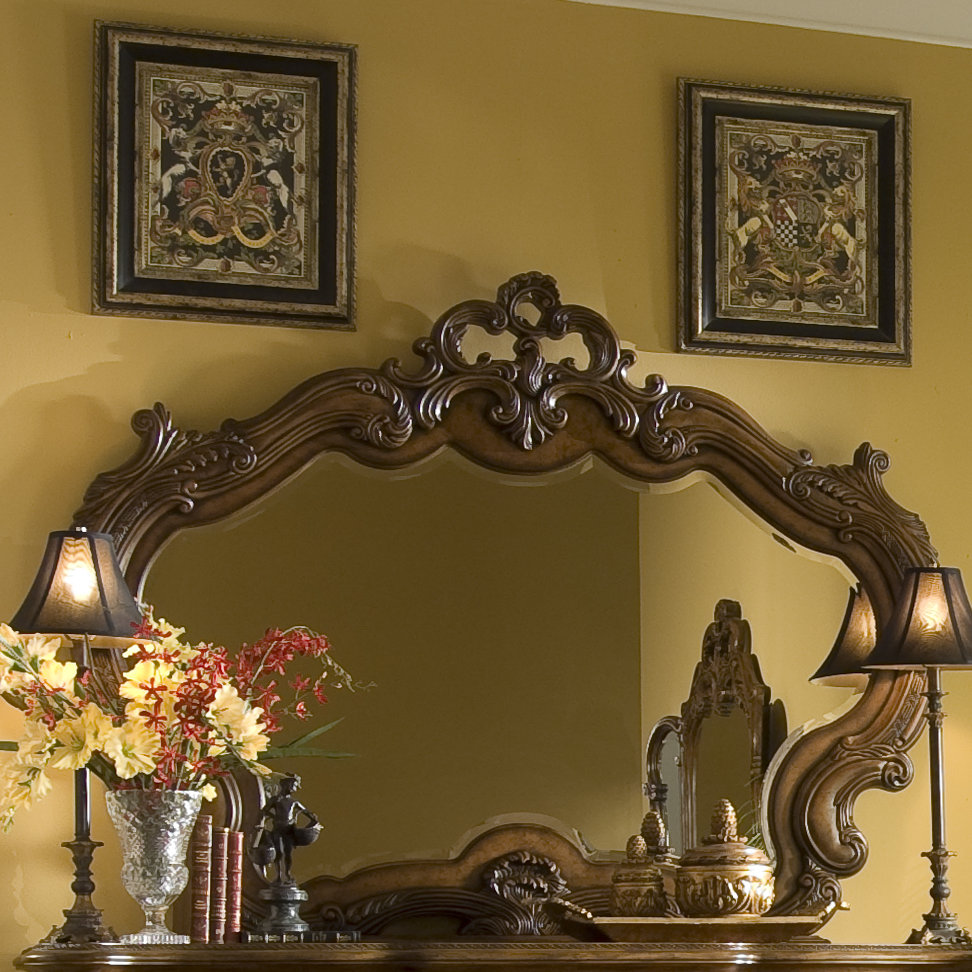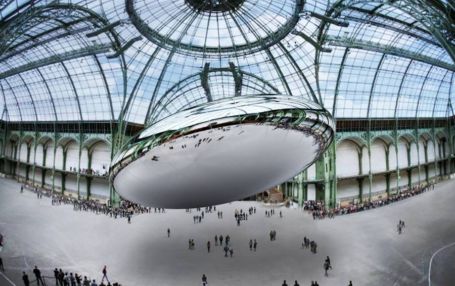
She moved the court back to Paris, where Anne and her chief minister, Cardinal Mazarin, continued Louis XIII's unpopular monetary practices. When Louis XIII died in 1643, Anne became Louis XIV's regent, and Louis XIII's château was abandoned for the next decade. From 1631 to 1634, architect Philibert Le Roy replaced the lodge with a château for Louis XIII, who forbade his queen, Anne of Austria, from staying there overnight, even when an outbreak of smallpox at Saint-Germain-en-Laye in 1641 forced Louis XIII to relocate to Versailles with his three-year-old heir, the future Louis XIV. The site, near a village named Versailles, was a wooded wetland that Louis XIII's court scorned as being generally unworthy of a king one of his courtiers, François de Bassompierre, wrote that the lodge "would not inspire vanity in even the simplest gentleman". In 1623, Louis XIII, King of France, built a hunting lodge on a hill in a favorite hunting ground, 12 miles (19 km) west of Paris, and 10 miles (16 km) from his primary residence, the Château de Saint-Germain-en-Laye. Versailles around 1652, engraving by Jacques Gomboust 9 Modern political and ceremonial functions.3.3 Private apartments of the King and Queen.1.3 19th century – history museum and government venue.The French Ministry of Culture has placed the palace, its gardens, and some of its subsidiary structures on its list of culturally significant monuments. The palace and park were designated a World Heritage Site by UNESCO in 1979 for its importance as the center of power, art, and science in France during the 17th and 18th centuries. A museum of French history was installed within it, replacing the apartments of the southern wing. When the French Monarchy was restored, it remained in Paris and it was not until the 1830s that meaningful repairs were made to the palace. Napoleon Bonaparte, following his takeover of France, used Versailles as a summer residence from 1810 to 1814, but did not restore it. For the rest of the French Revolution, the Palace of Versailles was largely abandoned and emptied of its contents, and the population of the surrounding city plummeted. This state of affairs was continued by Kings Louis XV and Louis XVI, who primarily made interior alterations to the palace, but in 1789 the royal family and capital of France returned to Paris. It was a favorite residence for both kings, and in 1682, Louis XIV moved the seat of his court and government to Versailles, making the palace the de facto capital of France.

Louis XIV expanded the château into a palace in several phases from 1661 to 1715. Louis XIII built a simple hunting lodge on the site of the Palace of Versailles in 1623 and replaced it with a small château in 1631–34. The drop was particularly sharp among foreign visitors, who account for eighty percent of paying visitors. Due to the COVID-19 pandemic, the number of paying visitors to the Château dropped by 75 percent from eight million in 2019 to two million in 2020.

15,000,000 people visit the Palace, Park, or Gardens of Versailles every year, making it one of the most popular tourist attractions in the world.


The palace is owned by the French Republic and since 1995 has been managed, under the direction of the French Ministry of Culture, by the Public Establishment of the Palace, Museum and National Estate of Versailles. The Palace of Versailles ( / v ɛər ˈ s aɪ, v ɜːr ˈ s aɪ/ vair- SY, vur- SY French: Château de Versailles ( listen)) is a former royal residence built by King Louis XIV located in Versailles, about 12 miles (19 km) west of Paris, France.


 0 kommentar(er)
0 kommentar(er)
